Home>Garden Essentials>What Is Seed Tree Harvesting
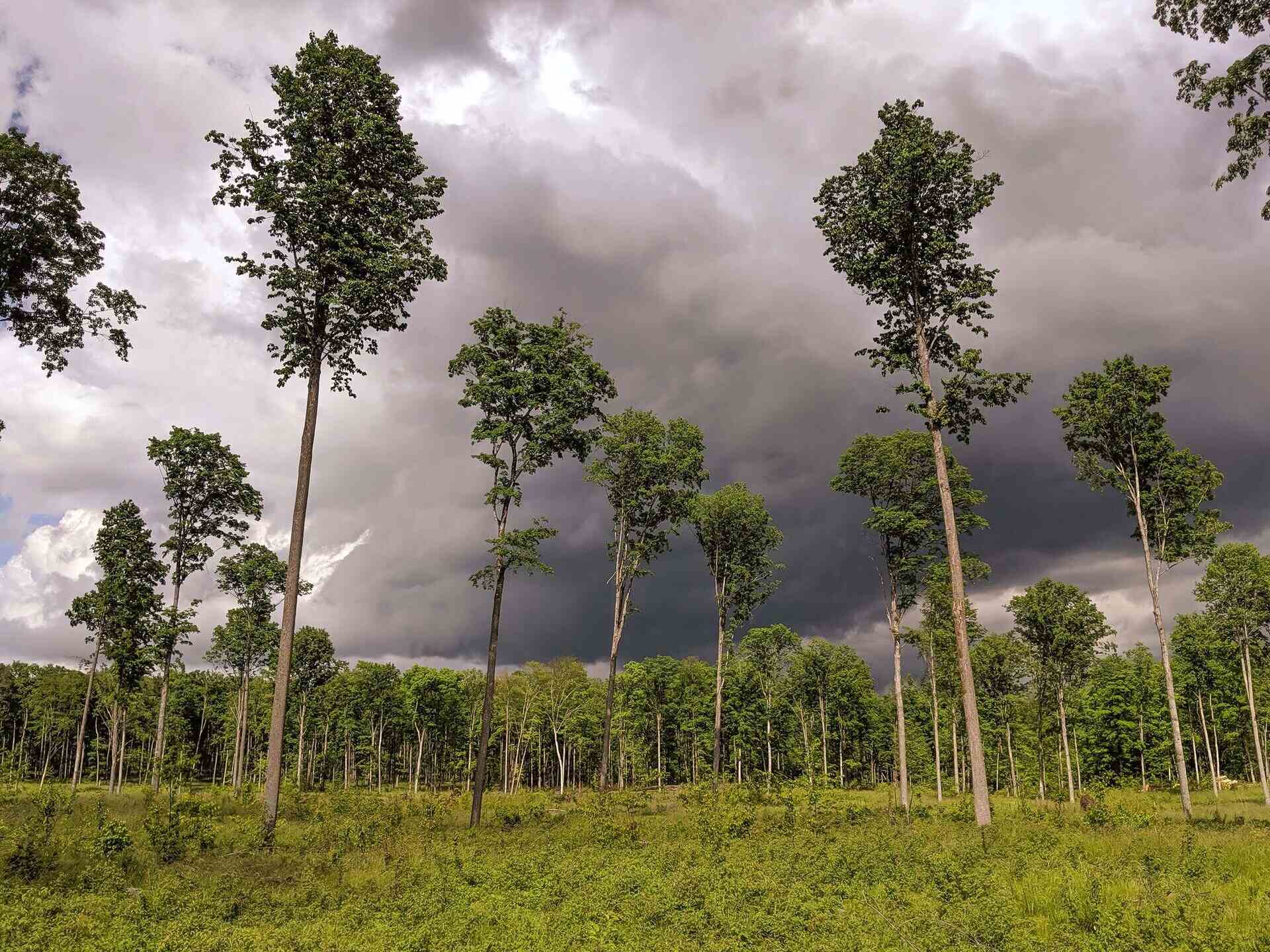

Garden Essentials
What Is Seed Tree Harvesting
Published: December 16, 2023
Learn about seed tree harvesting and how it can benefit your garden. Discover the best practices for using this sustainable forestry technique to enhance your garden's ecosystem.
(Many of the links in this article redirect to a specific reviewed product. Your purchase of these products through affiliate links helps to generate commission for Storables.com, at no extra cost. Learn more)
**
Introduction
**
Seed tree harvesting is a forestry management technique that has gained significant attention in recent years due to its potential to promote sustainable timber production and biodiversity conservation. This method involves the selective removal of mature trees from a forest, leaving a small number of healthy, seed-producing trees to facilitate natural regeneration. By allowing these seed trees to disperse seeds and foster the growth of the next generation of trees, this approach plays a crucial role in maintaining the ecological balance and long-term health of forests.
Seed tree harvesting represents a departure from traditional clear-cutting practices, which often result in the removal of all trees within a designated area, leading to soil erosion, habitat destruction, and diminished biodiversity. Instead, seed tree harvesting aims to mimic natural disturbances, such as wildfires or windstorms, which create gaps in the forest canopy and allow for the establishment of new vegetation. This method is rooted in the principles of sustainable forest management, seeking to balance human needs for timber and other forest products with the preservation of ecosystem integrity.
In this article, we will delve into the intricacies of seed tree harvesting, exploring its definition, historical context, purpose, process, as well as its advantages and disadvantages. By gaining a comprehensive understanding of this forestry practice, readers will be equipped to appreciate its significance in the realm of environmental conservation and resource management. Let's embark on a journey to uncover the essence of seed tree harvesting and its implications for the future of our forests.
**
Key Takeaways:
- Seed tree harvesting is a method that helps forests grow by keeping some trees to produce seeds. It’s like nature’s way of making sure new trees can grow while still using the old ones.
- Seed tree harvesting is a cool way to balance cutting down trees for wood with keeping the forest healthy. It’s like giving the forest a haircut instead of shaving it all off!
Definition of Seed Tree Harvesting
**
Seed tree harvesting is a silvicultural method employed in the management of forest ecosystems. It involves the strategic removal of the majority of mature trees within a designated area, while retaining a small number of healthy, vigorous seed-producing trees. These selected seed trees serve as a source of seeds for natural regeneration, ensuring the replenishment of the forest with new saplings.
The process begins with the identification of high-quality seed trees, typically those with desirable genetic traits and robust reproductive capacity. These trees are carefully spaced throughout the harvest area, allowing for adequate seed dispersal and optimal conditions for the establishment of new vegetation. Once the surrounding trees have been felled and removed, the seed trees stand as beacons of regeneration, fostering the growth of the next generation of forest cover.
Seed tree harvesting differs from clear-cutting and other intensive logging practices in its emphasis on maintaining the ecological functions of the forest. By preserving a portion of the original tree population, this method helps sustain wildlife habitats, protect soil integrity, and safeguard water quality. Furthermore, it contributes to the overall resilience of the forest ecosystem, promoting a diverse age structure and species composition.
This approach is particularly suited to forests with valuable timber species and those with ecological significance, where the restoration of natural forest dynamics is of paramount importance. By allowing for natural processes to guide forest regeneration, seed tree harvesting aligns with the principles of sustainable forest management, aiming to balance human utilization of forest resources with the preservation of biodiversity and ecosystem stability.
Seed tree harvesting stands as a testament to the evolving ethos of forest management, advocating for a more holistic and ecologically sensitive approach to timber extraction and regeneration. As we delve deeper into the historical evolution and contemporary applications of this method, its role in shaping resilient and biodiverse forests will become increasingly apparent.
**
History of Seed Tree Harvesting
**
The concept of seed tree harvesting traces its roots back to the early days of scientific forestry and the recognition of the intrinsic link between tree reproduction and sustainable forest management. While traditional logging practices often focused on maximizing timber yields without due consideration for long-term forest health, the emergence of seed tree harvesting marked a pivotal shift towards a more nuanced and ecologically informed approach.
During the 20th century, as the principles of sustainable forest management gained prominence, foresters and researchers began to explore alternative methods to clear-cutting that would better preserve forest ecosystems. This led to the development and refinement of seed tree harvesting as a silvicultural technique that could maintain forest continuity and biodiversity while still meeting timber production goals.
As the environmental movement gathered momentum and public awareness of the impacts of industrial-scale logging grew, seed tree harvesting gained traction as a more environmentally responsible alternative. Its emphasis on retaining mature trees to facilitate natural regeneration resonated with conservationists and policymakers alike, leading to its incorporation into forest management practices in many regions.
Over time, the implementation of seed tree harvesting has evolved through ongoing research, adaptive management, and the integration of technological advancements. This has enabled foresters to refine the selection criteria for seed trees, optimize spacing and distribution patterns, and enhance the effectiveness of regeneration efforts. Additionally, the incorporation of modern forest inventory and monitoring techniques has allowed for a more precise and data-driven approach to seed tree selection and post-harvest assessments.
Today, seed tree harvesting stands as a testament to the enduring commitment to sustainable forestry and the recognition of forests as complex, dynamic ecosystems requiring thoughtful stewardship. Its historical trajectory reflects a growing awareness of the intrinsic value of forests beyond their immediate timber resources, encompassing ecological, social, and cultural dimensions.
As we delve further into the purpose, process, advantages, and disadvantages of seed tree harvesting, it becomes evident that its historical evolution has laid the groundwork for a more harmonious and balanced approach to forest management, one that seeks to harmonize human needs with the preservation of forest integrity.
**
Purpose of Seed Tree Harvesting
**
The primary purpose of seed tree harvesting is to facilitate the natural regeneration of forests while ensuring sustainable timber production and maintaining ecosystem integrity. By selectively retaining a limited number of mature, healthy trees with strong reproductive capabilities, this method aims to harness the inherent regenerative capacity of forests and guide the establishment of the next generation of trees.
One of the key objectives of seed tree harvesting is to preserve genetic diversity within forest ecosystems. By allowing high-quality seed trees to disperse their genetic material, this method contributes to the maintenance of diverse and resilient tree populations. This genetic diversity enhances the adaptive capacity of forests, enabling them to withstand environmental stressors and thrive in the face of changing conditions, such as climate variability and pest outbreaks.
Furthermore, seed tree harvesting serves to maintain the structural complexity of forests, promoting a diverse age and size distribution of trees. This structural diversity creates varied microhabitats that support a wide array of plant and animal species, contributing to overall biodiversity and ecological resilience. By preserving the continuity of forest cover and structure, seed tree harvesting helps sustain critical wildlife habitats and ecological processes.
From a timber production standpoint, the strategic retention of seed trees ensures a sustainable supply of high-quality seeds for natural regeneration, thereby perpetuating the productivity of forests over time. This approach aligns with the principles of sustainable forest management, seeking to balance the extraction of forest resources with the imperative of long-term forest health and productivity.
Moreover, seed tree harvesting plays a crucial role in fostering the ecological restoration of degraded or previously harvested forest areas. By allowing for the gradual establishment of new vegetation under the canopy of retained seed trees, this method contributes to the rejuvenation of ecosystems and the recovery of ecological functions, such as soil stabilization, water regulation, and carbon sequestration.
Ultimately, the purpose of seed tree harvesting extends beyond the immediate objectives of timber extraction and regeneration; it embodies a commitment to the perpetuation of healthy, resilient forests that can continue to fulfill ecological, economic, and social functions for present and future generations.
**
When conducting seed tree harvesting, it’s important to leave a few healthy trees behind to provide seeds for the regeneration of the forest. These seed trees should be well-spaced and have good genetic diversity to ensure the future health of the new forest.
Process of Seed Tree Harvesting
**
The process of seed tree harvesting unfolds in several distinct stages, each contributing to the successful regeneration of forests and the sustainable utilization of timber resources. This method, characterized by its selective retention of seed-producing trees, involves careful planning, tree selection, and post-harvest monitoring to ensure the effective establishment of new vegetation.
The first step in seed tree harvesting entails the identification and designation of high-quality seed trees within the harvest area. These trees are typically chosen based on their genetic traits, reproductive vigor, and overall health. Foresters assess factors such as seed viability, seed dispersal potential, and resistance to environmental stressors to select the most suitable candidates for retention.
Once the seed trees have been identified, the surrounding trees marked for harvest are selectively felled and removed, leaving the seed trees standing. This process demands precision and expertise to minimize damage to the retained trees and to facilitate optimal growing conditions for the new saplings. Careful attention is paid to the spatial arrangement of the retained seed trees to ensure adequate seed dispersal and coverage of the harvest area.
Following the initial tree removal, the natural regeneration of the forest is allowed to proceed under the protective canopy of the retained seed trees. This phase involves the dispersal of seeds from the retained trees and the subsequent germination and establishment of new vegetation. The presence of the seed trees serves as a catalyst for the regeneration process, providing a seed source and fostering favorable microclimatic conditions for seedling growth.
Post-harvest monitoring and management are integral components of the seed tree harvesting process. Foresters conduct regular assessments of regeneration success, seedling density, and the overall health of the new vegetation. This monitoring allows for adaptive management, enabling adjustments to be made to the density and distribution of seed trees if necessary to optimize regeneration outcomes.
Throughout the process, an emphasis is placed on minimizing soil disturbance and preserving the ecological functions of the forest. Careful consideration is given to factors such as erosion control, wildlife habitat preservation, and the maintenance of ecosystem services to ensure that the forest remains resilient and ecologically functional.
By integrating these elements, the process of seed tree harvesting embodies a holistic and ecologically sensitive approach to forest management, seeking to strike a balance between timber production and the perpetuation of healthy, biodiverse forests.
**
Read more: How To Harvest Rosemary Seeds
Advantages of Seed Tree Harvesting
**
Seed tree harvesting offers a range of advantages that contribute to its appeal as a sustainable and ecologically sensitive forest management technique. These advantages span ecological, economic, and social dimensions, reflecting the multifaceted benefits of this approach.
One of the primary ecological advantages of seed tree harvesting lies in its capacity to maintain and enhance biodiversity within forest ecosystems. By selectively retaining seed trees and allowing for natural regeneration, this method fosters the development of diverse age classes and species composition, creating a mosaic of habitats that supports a wide array of flora and fauna. This structural complexity promotes ecosystem resilience and contributes to the preservation of critical wildlife habitats.
Furthermore, seed tree harvesting facilitates the restoration of degraded or previously harvested forest areas, promoting ecological recovery and the rejuvenation of ecosystem functions. Through the gradual establishment of new vegetation under the canopy of retained seed trees, this method contributes to soil stabilization, water regulation, and carbon sequestration, thereby enhancing the overall ecological integrity of forests.
From an economic perspective, seed tree harvesting offers long-term benefits by ensuring the sustainable production of high-quality timber. By strategically retaining seed trees to serve as a source of seeds for regeneration, this method perpetuates the productivity of forests, providing a continuous supply of valuable timber while maintaining the ecological functions of the forest. This sustainable timber yield supports the long-term economic viability of forest enterprises and contributes to the stability of the forestry sector.
Moreover, seed tree harvesting can have positive social implications by fostering a deeper connection between communities and their forest resources. By promoting the sustainable management of forests and the preservation of ecosystem services, this method contributes to the well-being of local residents who rely on forests for various cultural, recreational, and economic purposes. Additionally, the conservation of biodiverse forests through seed tree harvesting can enhance the aesthetic and recreational value of forest landscapes, enriching the quality of life for surrounding communities.
Overall, the advantages of seed tree harvesting underscore its role as a sustainable and holistic approach to forest management, aligning with the principles of conservation, regeneration, and long-term resource stewardship.
**
Disadvantages of Seed Tree Harvesting
**
While seed tree harvesting offers numerous benefits, it is important to recognize that this forest management technique also presents certain disadvantages and challenges that warrant consideration.
One of the primary concerns associated with seed tree harvesting is the potential for increased landscape fragmentation and visual disruption. The selective removal of trees and the establishment of small-scale canopy gaps can alter the visual continuity and structural coherence of forest landscapes, impacting their aesthetic appeal and scenic value. This fragmentation may also influence wildlife movement and habitat connectivity, posing challenges for certain species that rely on contiguous forest cover.
Another notable disadvantage of seed tree harvesting pertains to the potential for increased windthrow and microclimatic changes in the harvested areas. The creation of canopy openings and the alteration of wind patterns can render retained seed trees more susceptible to wind damage, potentially leading to increased tree mortality and reduced regeneration success. Additionally, changes in microclimatic conditions within the harvest area may affect the establishment and growth of new vegetation, necessitating careful monitoring and management to mitigate these impacts.
Furthermore, the reliance on seed tree harvesting as a regeneration method may pose challenges in certain forest ecosystems characterized by specific soil and site conditions. In areas with poor seedbed quality, limited soil moisture, or other site limitations, the success of natural regeneration under seed trees may be compromised, requiring additional interventions or alternative regeneration approaches to ensure successful forest renewal.
From an operational standpoint, the implementation of seed tree harvesting demands careful planning, skilled labor, and ongoing monitoring to achieve successful regeneration outcomes. The selection and marking of seed trees, precision felling of surrounding trees, and post-harvest monitoring all require specialized expertise and resources, adding complexity to the forest management process.
Finally, the potential for genetic vulnerability within the regenerated stands is a consideration in seed tree harvesting, as the reliance on a limited number of seed trees for regeneration may reduce genetic diversity and resilience in the subsequent tree population. This emphasizes the importance of careful seed tree selection and the integration of genetic considerations into the planning and execution of seed tree harvesting operations.
By acknowledging these disadvantages and addressing them through informed decision-making and adaptive management, the potential of seed tree harvesting as a sustainable and ecologically sensitive forest management approach can be maximized, enabling the realization of its long-term ecological and economic benefits.
**
Conclusion
**
Seed tree harvesting stands as a testament to the evolving ethos of forest management, embodying a commitment to sustainable timber production, biodiversity conservation, and ecosystem resilience. This silvicultural method, characterized by the selective retention of seed-producing trees to facilitate natural regeneration, represents a departure from traditional clear-cutting practices and reflects a deeper understanding of the intricate relationships between forests, biodiversity, and human well-being.
As we have explored the definition, historical evolution, purpose, process, as well as the advantages and disadvantages of seed tree harvesting, it becomes evident that this approach embodies a harmonious fusion of ecological, economic, and social considerations. By promoting the regeneration of diverse, resilient forests while sustaining the long-term productivity of timber resources, seed tree harvesting strikes a balance between human needs and the imperative of forest conservation.
While acknowledging the challenges and complexities associated with seed tree harvesting, it is crucial to recognize the potential of this method to shape the future of forest management. Through ongoing research, adaptive management, and the integration of technological advancements, the efficacy and sustainability of seed tree harvesting can be further enhanced, ensuring its continued relevance in the realm of sustainable forestry.
Ultimately, seed tree harvesting embodies a vision of forests as dynamic, self-renewing ecosystems that hold intrinsic value beyond their immediate utility. It reflects a commitment to the perpetuation of healthy, biodiverse forests that can continue to fulfill ecological, economic, and social functions for present and future generations.
As we embrace the principles of sustainable forest management and seek to harmonize human activities with the resilience and integrity of forest ecosystems, seed tree harvesting emerges as a beacon of hope, guiding us towards a future where forests thrive, biodiversity flourishes, and the sustainable utilization of forest resources coexists with the preservation of natural heritage.
Frequently Asked Questions about What Is Seed Tree Harvesting
Was this page helpful?
At Storables.com, we guarantee accurate and reliable information. Our content, validated by Expert Board Contributors, is crafted following stringent Editorial Policies. We're committed to providing you with well-researched, expert-backed insights for all your informational needs.
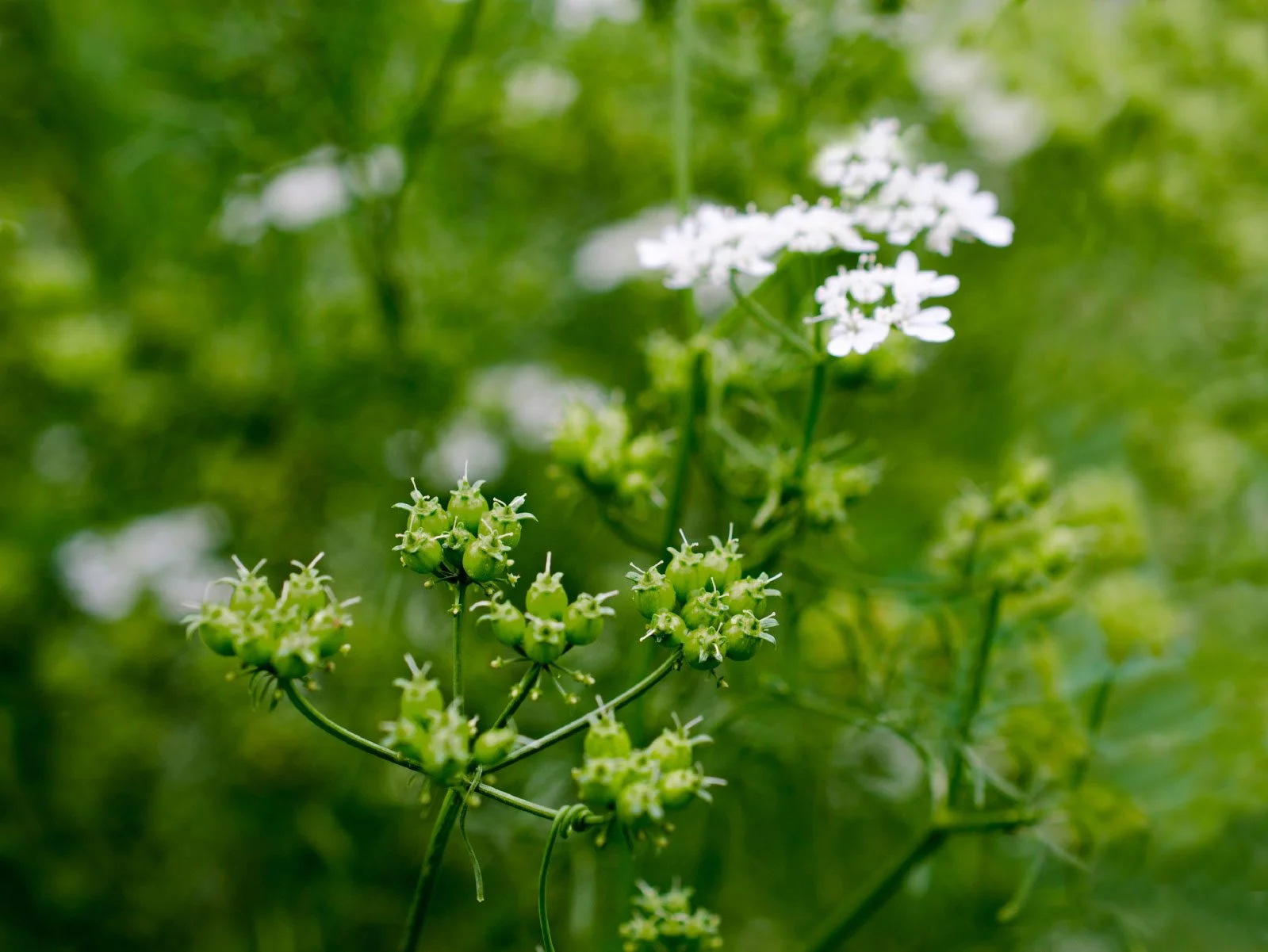
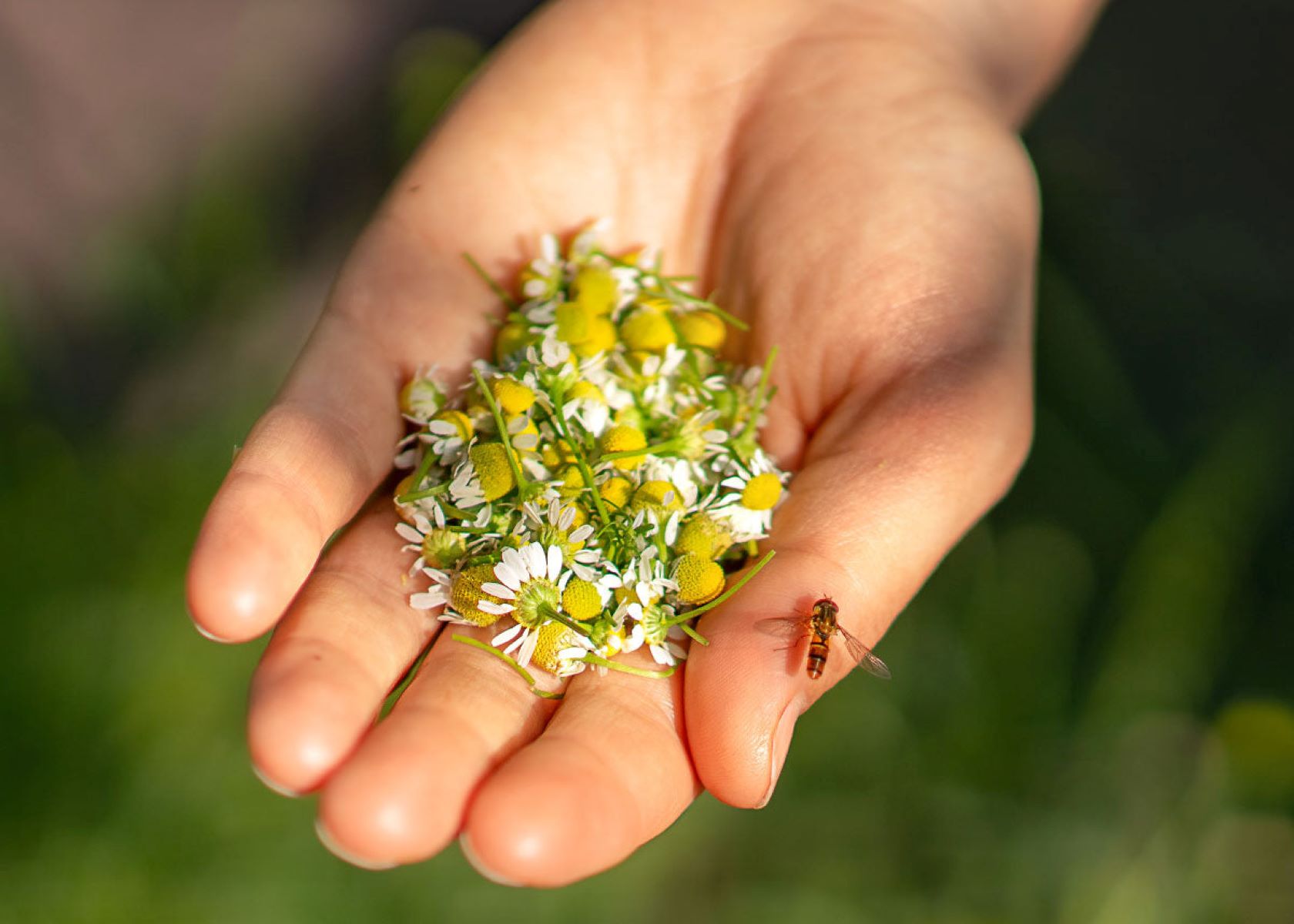
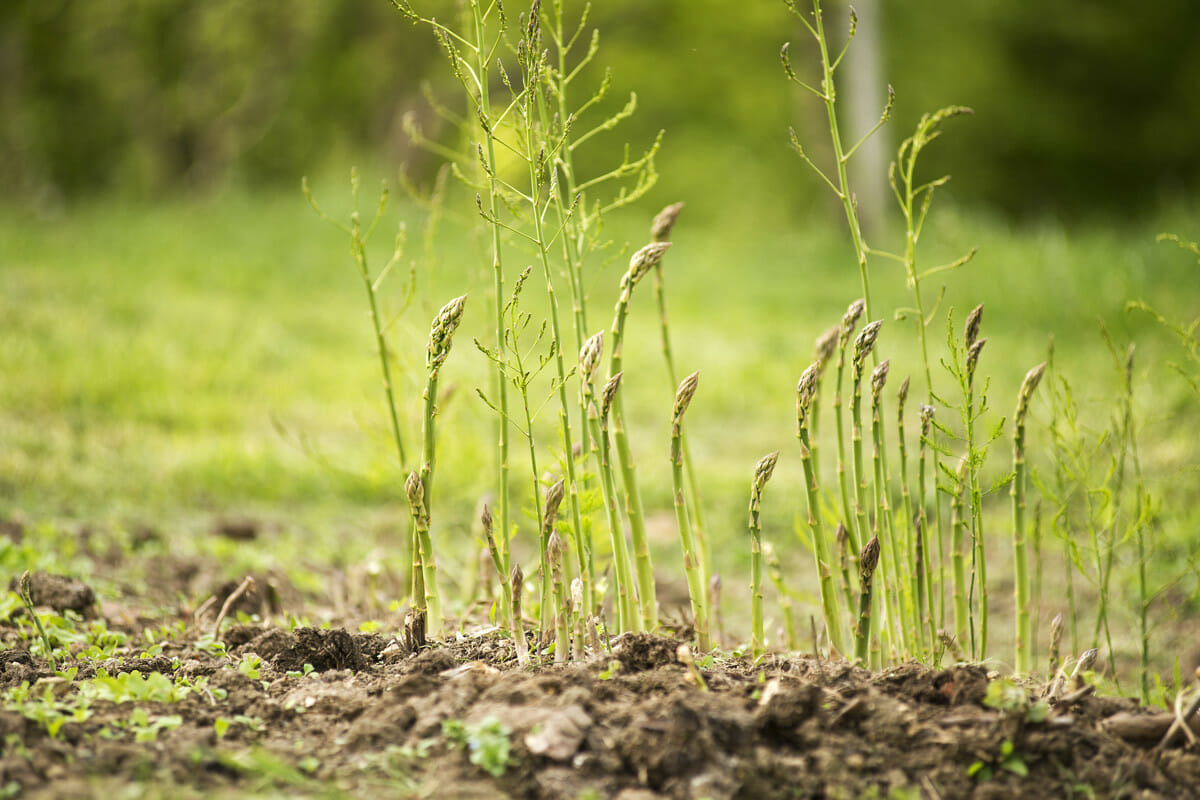

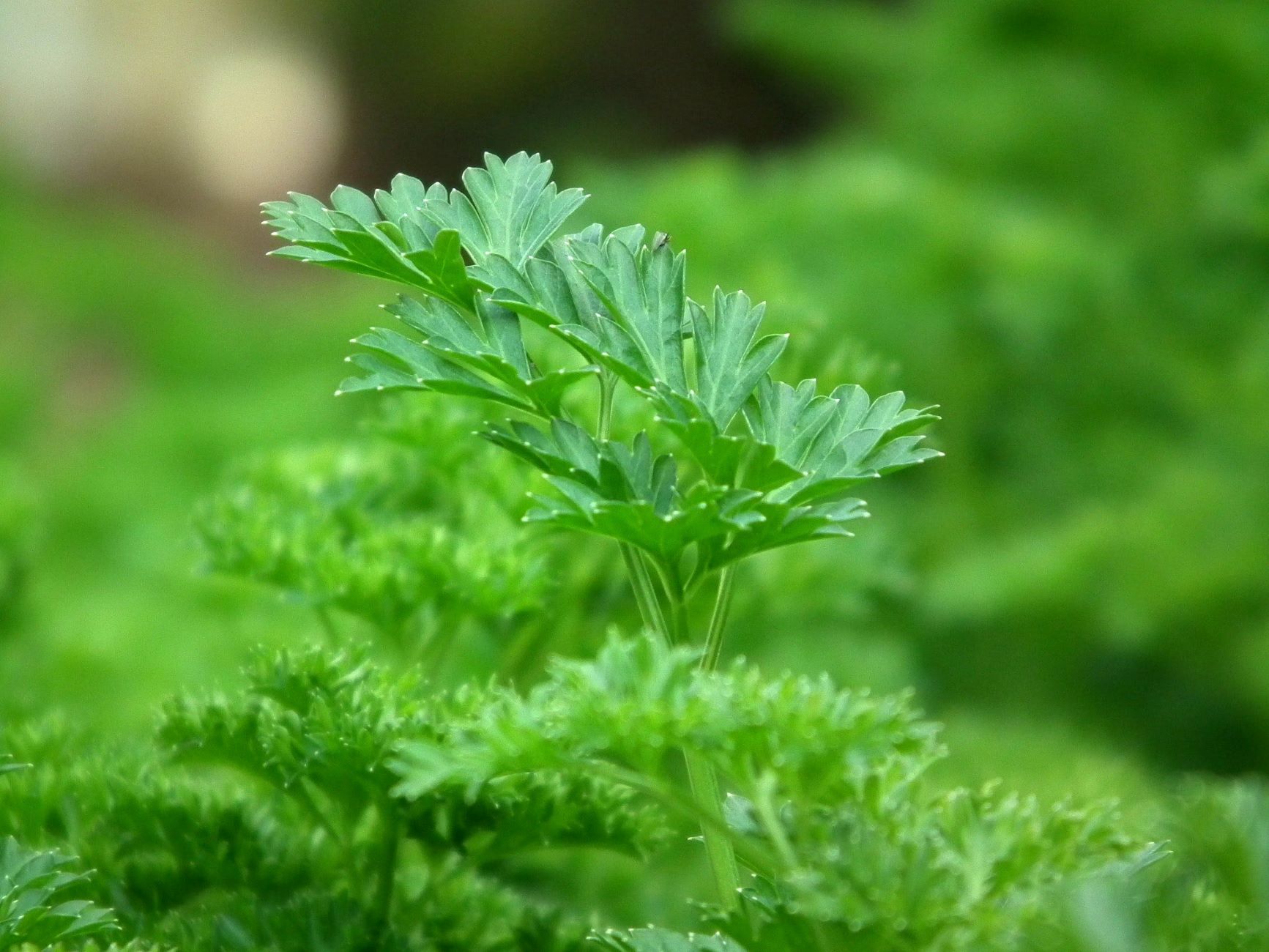
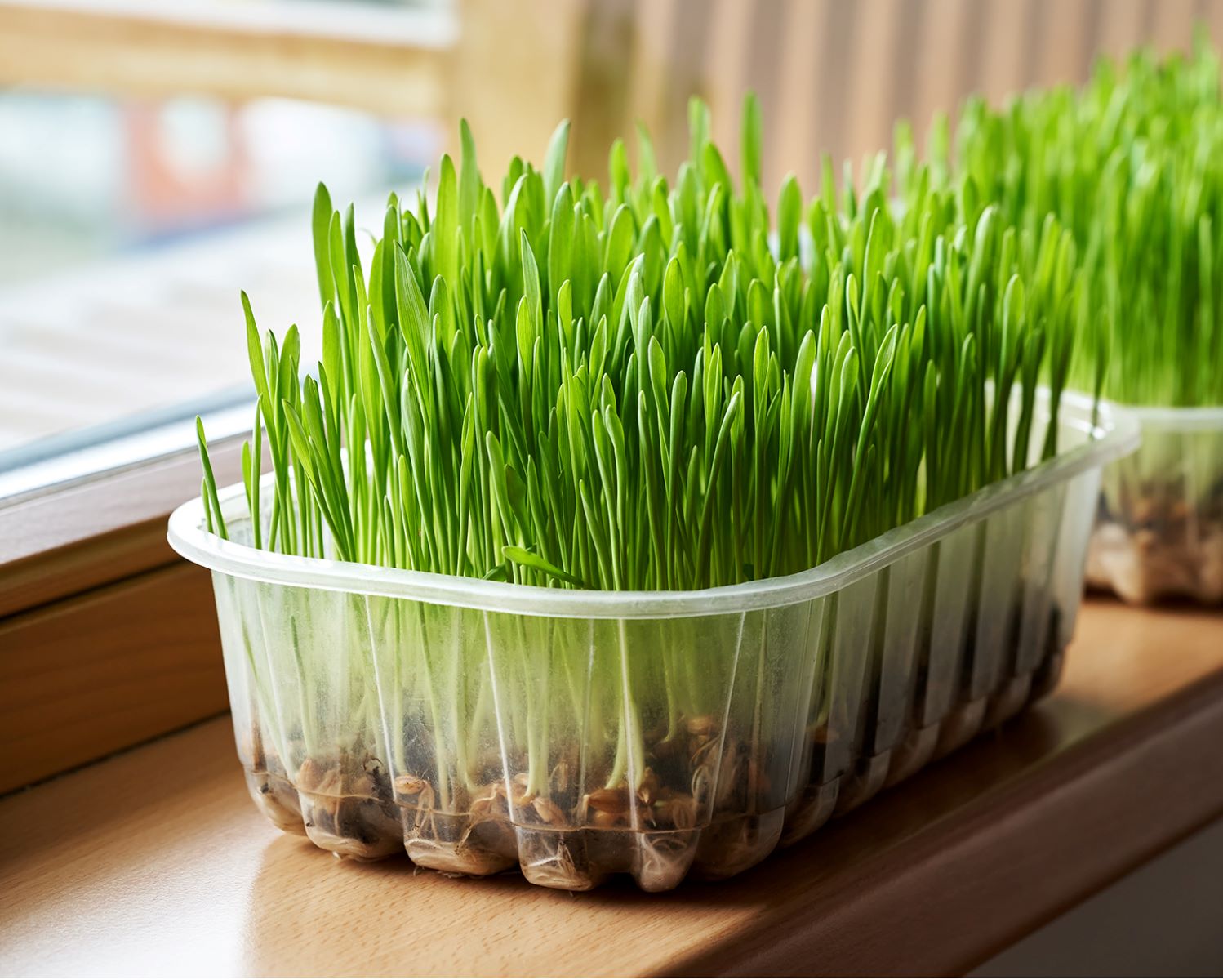
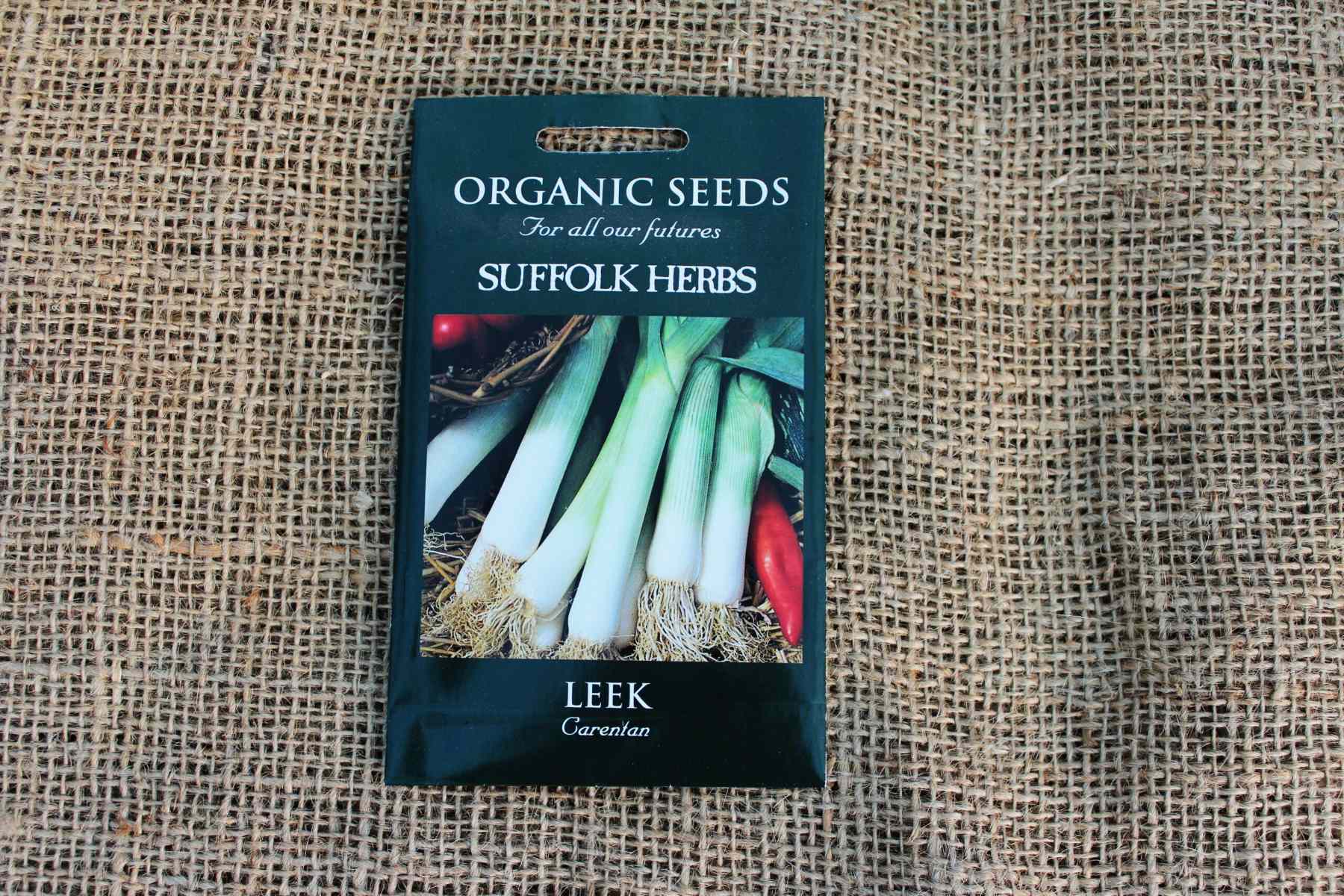
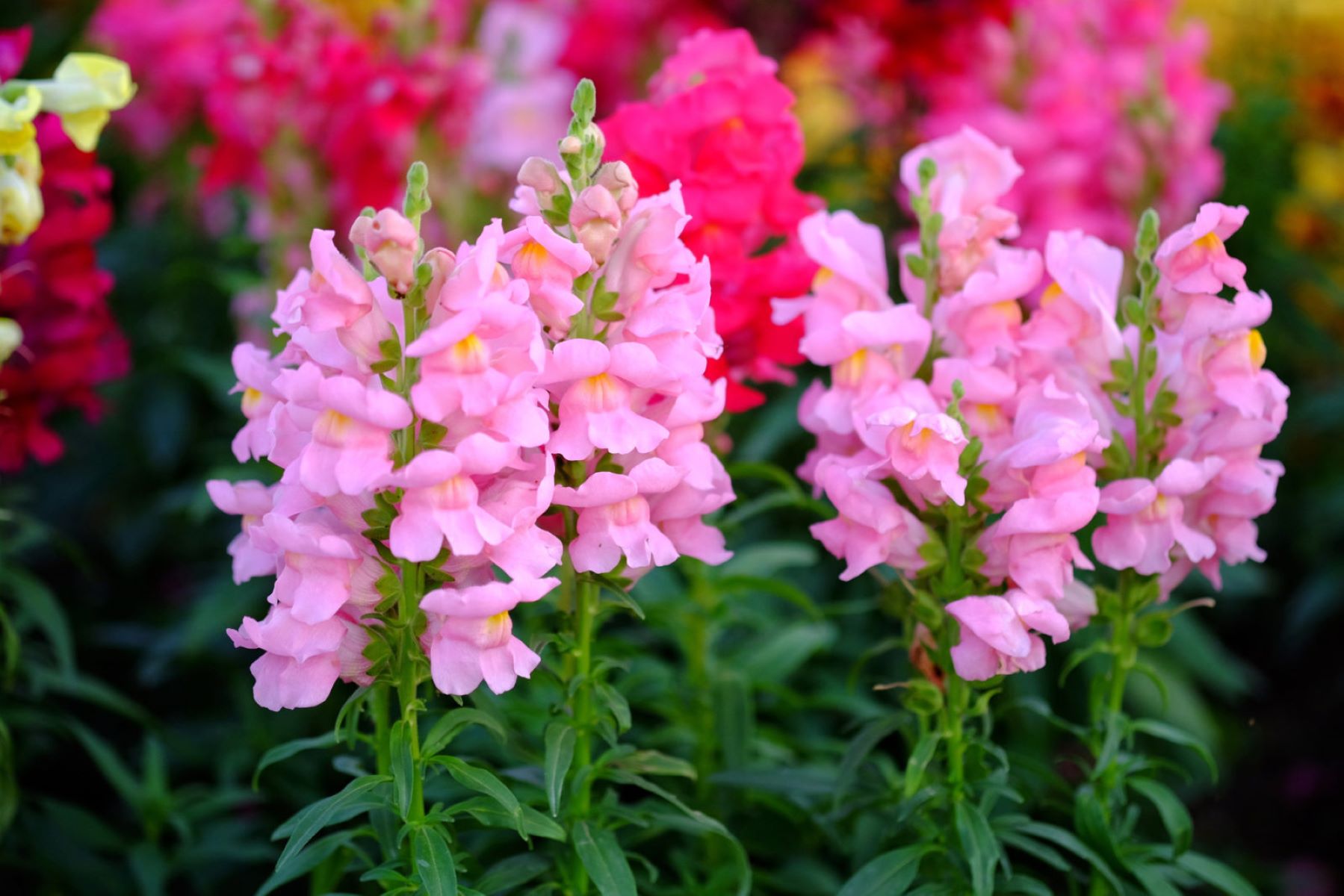
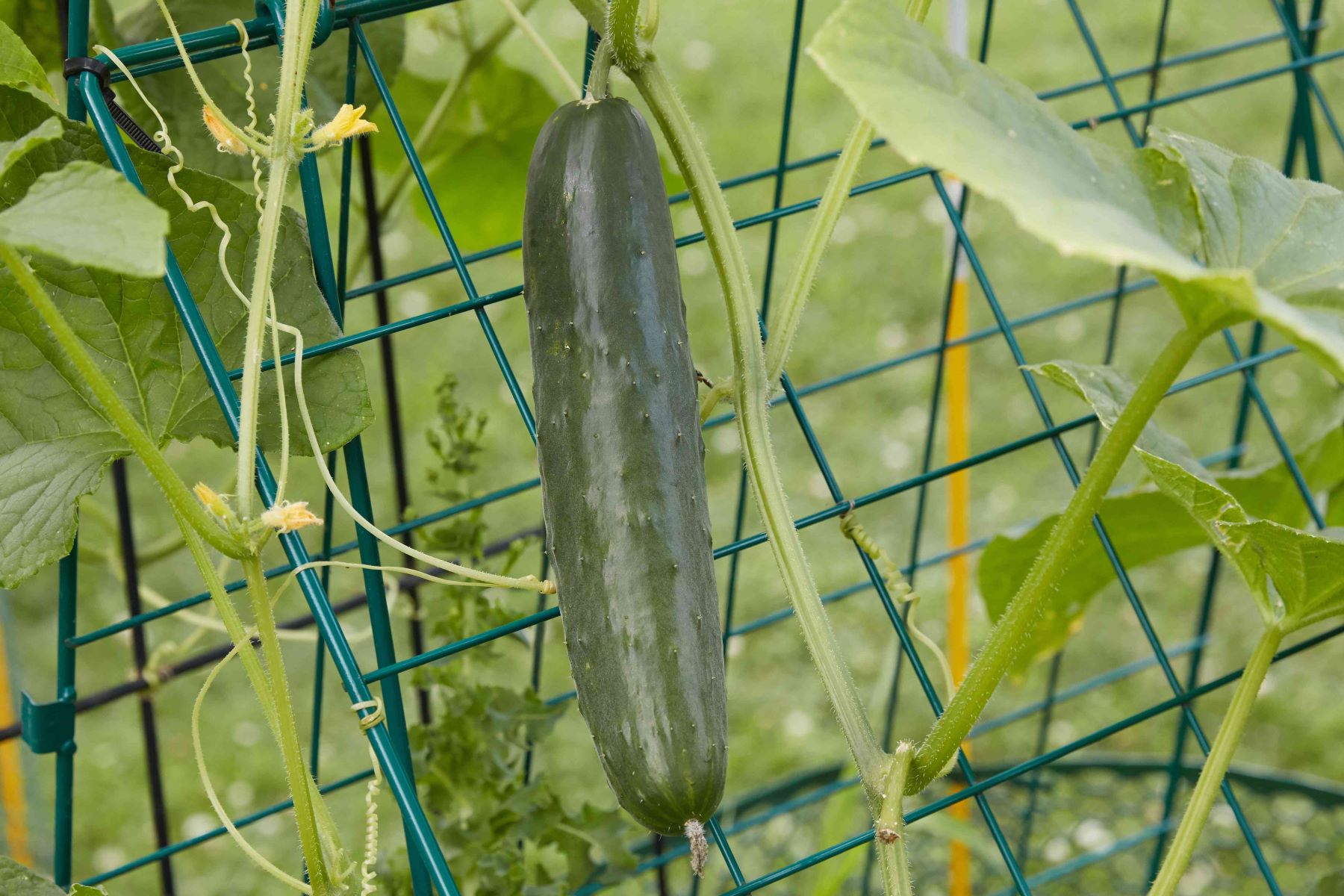
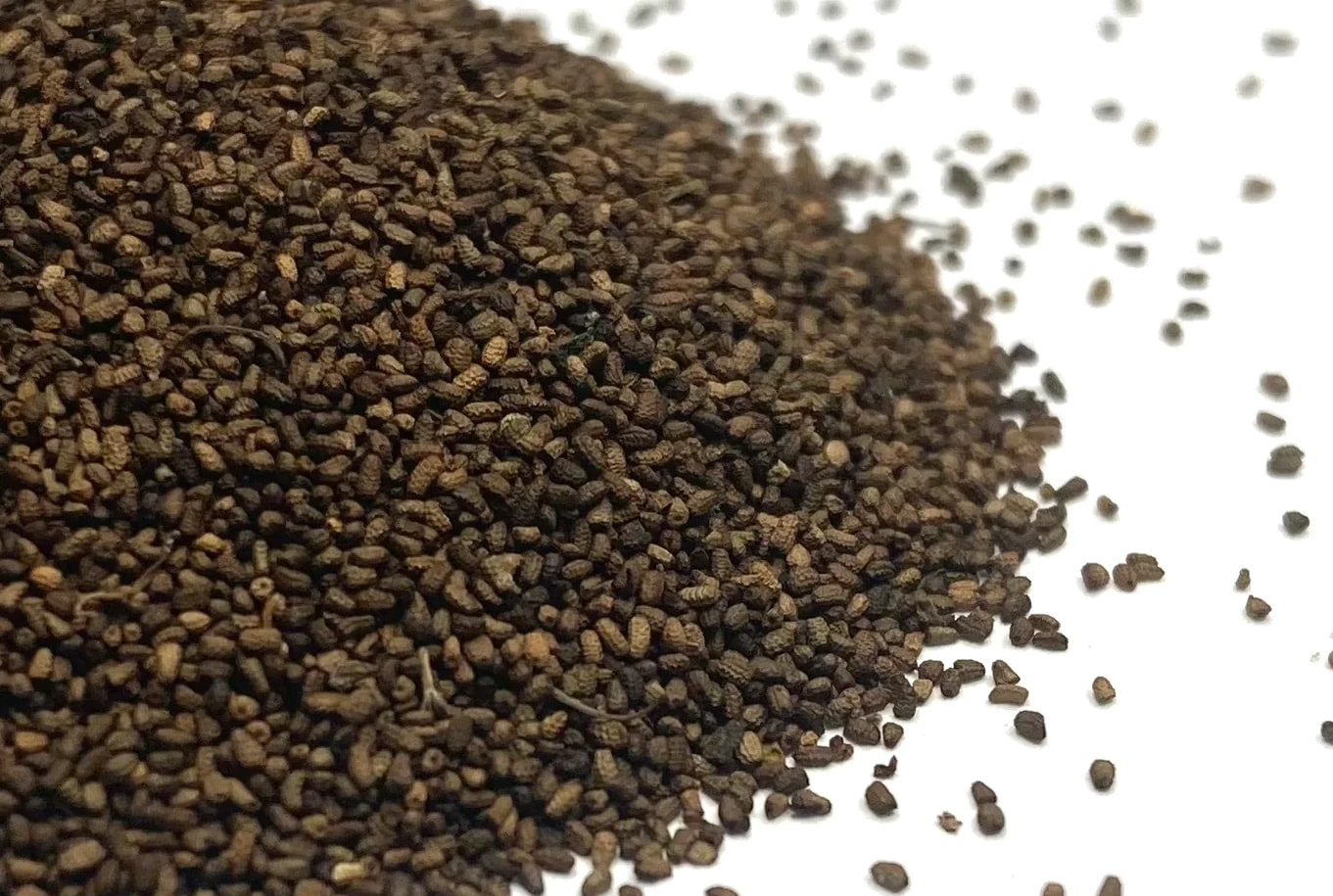
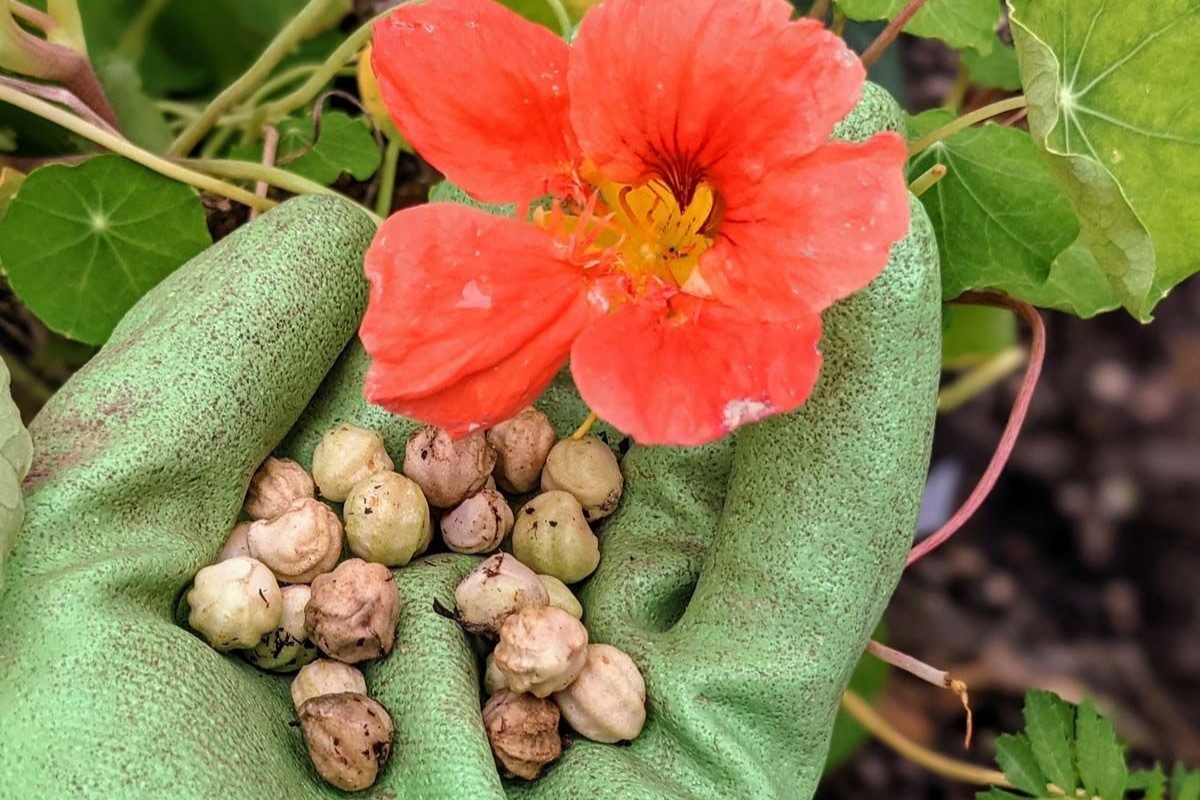
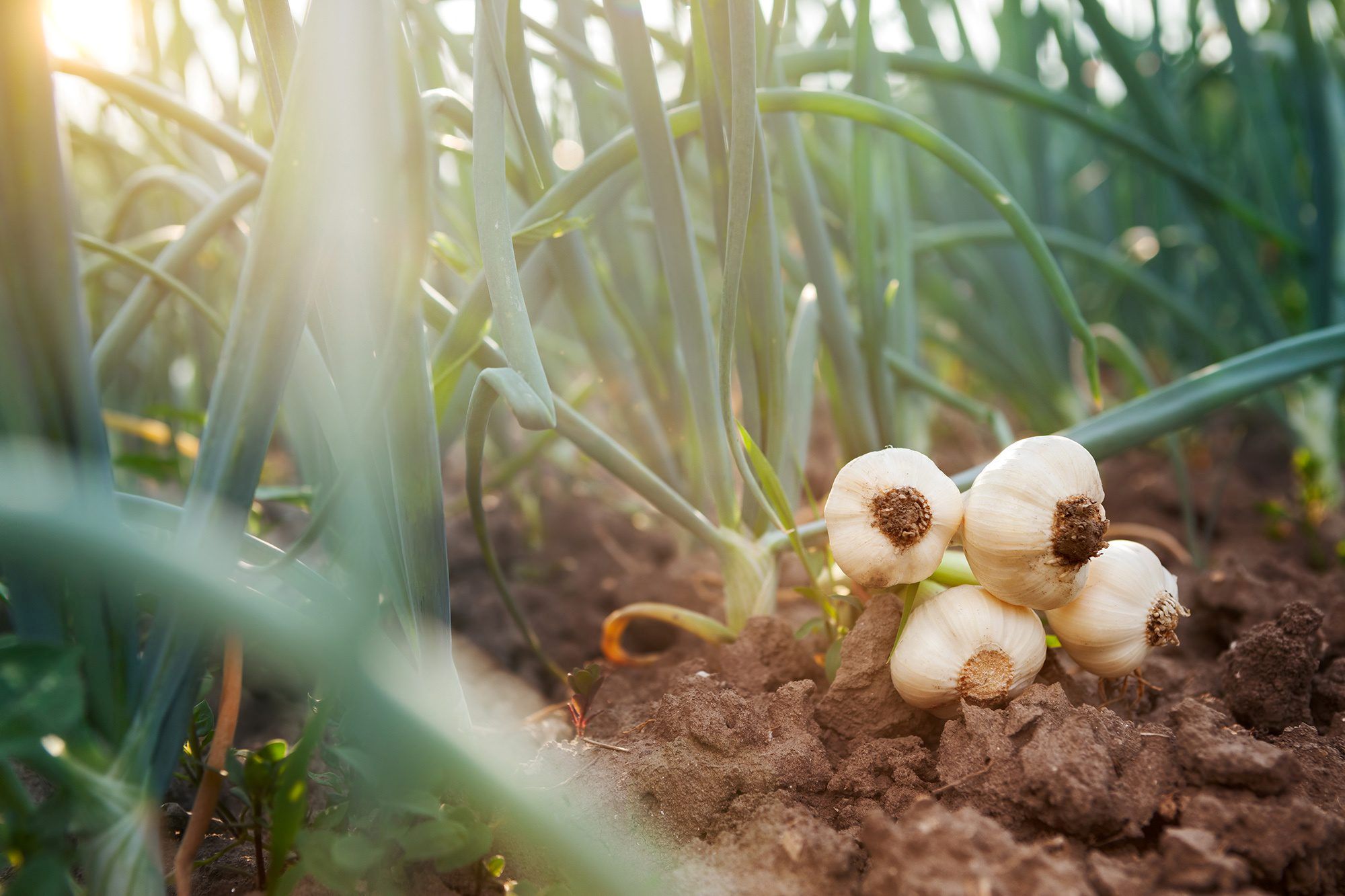

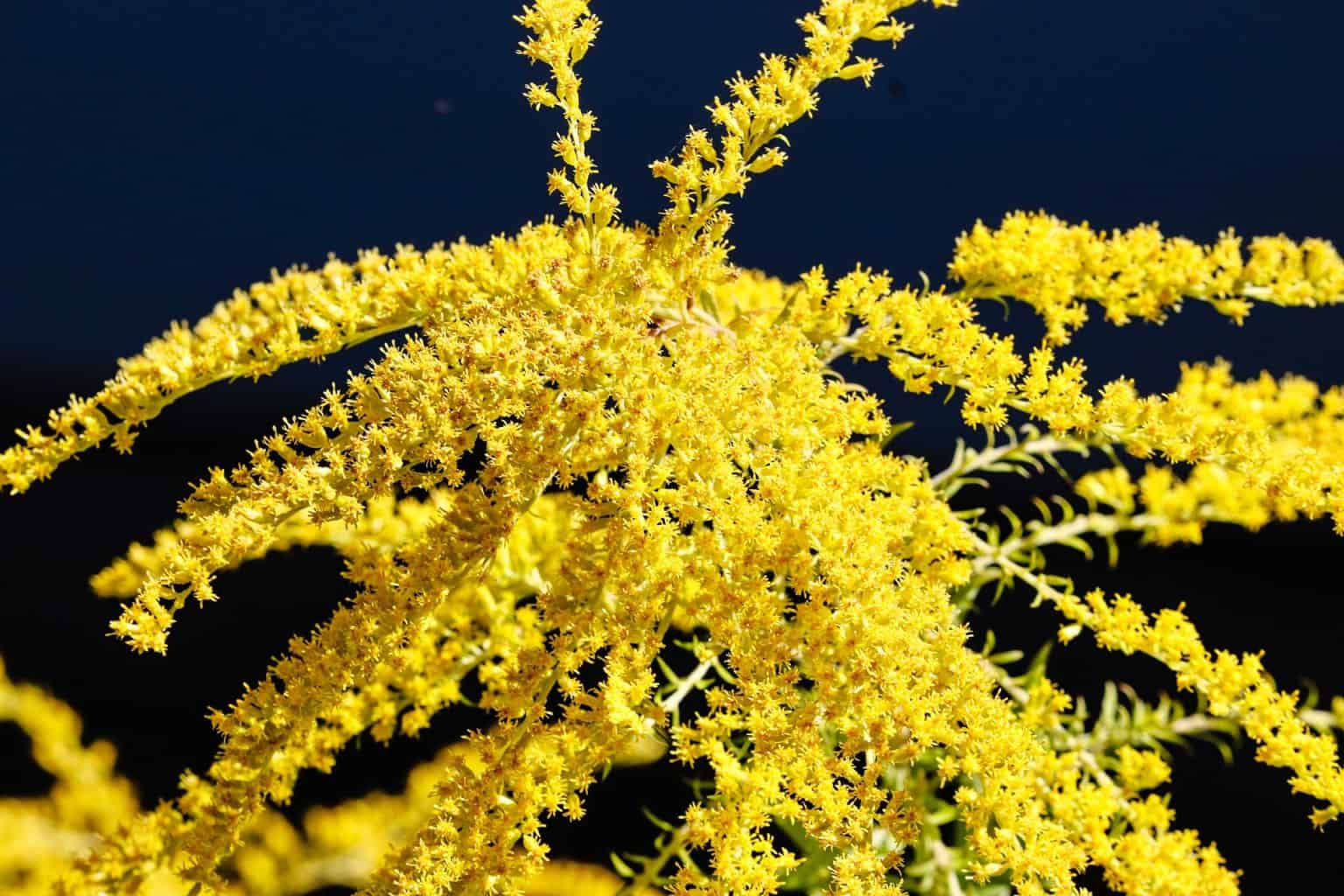

0 thoughts on “What Is Seed Tree Harvesting”